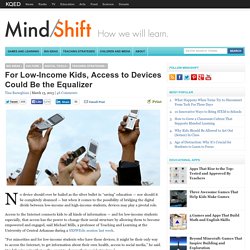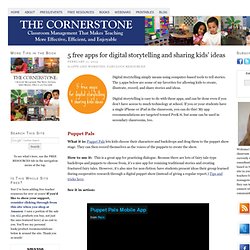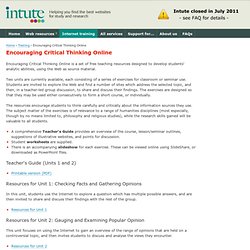

Knowledge divide. The knowledge divide is the gap in standards of living between those who can find, create, manage, process, and disseminate information or knowledge, and those who are impaired in this process.

According to a 2005 UNESCO World Report, the rise in the 21st century of a global information society has resulted in the emergence of knowledge as a valuable resource, increasingly determining who has access to power and profit.[1] The rapid dissemination of information on a potentially global scale as a result of new information media[2] and the globally uneven ability to assimilate knowledge and information has resulted in potentially expanding gaps in knowledge between individuals and nations.[3] Introduction[edit] In the 21st century, the emergence of the knowledge society becomes pervasive.[4] The transformations of world’s economy and of each society have a fast pace. The Knowledge Divide Between Nations[edit] EDUCATION. Ways Places Means. 0142159X.2013. Twelve Tips Twelve tips for using social media as a medical educator April 2014, Vol. 36, No. 4 , Pages 284-290 (doi:10.3109/0142159X.2013.852167) Terry Kind, Pradip D.

NewEd. 45 Interesting Ways to use a Flip Video in the classroom. Information literacy. Innovation in Learning and teaching with digital technology. Developing students' digital literacy. The issue Even today’s students need support with some areas of digital practice, particularly in an academic context, so it’s important to make sure that these needs are met.

While employability is an obvious driver, developing students who can learn and thrive in a digital society is a key role for universities and colleges. We define digital literacies as the capabilities which fit someone for living, learning and working in a digital society. Smart and mobile devices. The Invisible Web: A Beginners Guide to the Web You Don't See. By Wendy Boswell Updated June 02, 2016.

For Low-Income Kids, Access to Devices Could Be the Equalizer. No device should ever be hailed as the silver bullet in “saving” education — nor should it be completely shunned — but when it comes to the possibility of bridging the digital divide between low-income and high-income students, devices may play a pivotal role.

Access to the Internet connects kids to all kinds of information — and for low-income students especially, that access has the power to change their social structure by allowing them to become empowered and engaged, said Michael Mills, a professor of Teaching and Learning at the University of Central Arkansas during a SXSWEdu session last week. How the Flipped Classroom Is Radically Transforming Learning. Editor's Note:Posts about the flipped class on The Daily Riff beginning in January 2011 have generated over 240,000 views to-date - thanks contributors and readers . . .

See our other links related to the flipped class below this guest post. Since this post was written, Bergmann and Sams have released their book, Flip your Classroom: Reach Every Student in Every Class Every Day. Do check it out. - C.J. Westerberg. 5 free apps for digital storytelling and sharing kids’ ideas. Digital storytelling simply means using computer-based tools to tell stories.

The 5 apps below are some of my favorites for allowing kids to create, illustrate, record, and share stories and ideas. Digital storytelling is easy to do with these apps, and can be done even if you don’t have access to much technology at school. If you or your students have a single iPhone or iPad in the classroom, you can do this! My app recommendations are targeted toward PreK-6, but some can be used in secondary classrooms, too. Puppet Pals What it is: Puppet Pals lets kids choose their characters and backdrops and drag them to the puppet show stage. How to use it: This is a great app for practicing dialogue. Game-based blended learning & classroom response system.
All That Teachers Need to Know about Flipped Classroom- Tutorials, Tools and Apps. Is digital technology a boon to learner autonomy? In glowing reports of the new digital technology written by educationalists, one of the most prominent buzzwords is: autonomy.

Digital technology is great for learner autonomy, we hear. But is it? Of course, there are a thousand and one new things that you can do with the new technology in school (even if some are just new ways of doing old things – things like keeping records of student progress and, for school owners, increasing the number of students while reducing the number of teachers on the payroll), but does that really mean that the new technology marks some sort of revolution so that now, for the first time in history, learners can at last become autonomous?
To answer that question we need an example of edtech evangelism that might demonstrate the connection between the new technology and student freedom. How about this nice video where Sugata Mitra shows how once a school has the internet the teacher can effectively step aside and let the children educate themselves? InstaGrok: Mindmap Style Scrapbook To Share. Connect With Students and Parents in Your Paperless Classroom. Digital Storytelling in the Cloud. Edtech digital learning & education. The SAMR Model - An Example. Intute: Encouraging Critical Thinking Online. Encouraging Critical Thinking Online is a set of free teaching resources designed to develop students' analytic abilities, using the Web as source material.

Two units are currently available, each consisting of a series of exercises for classroom or seminar use.